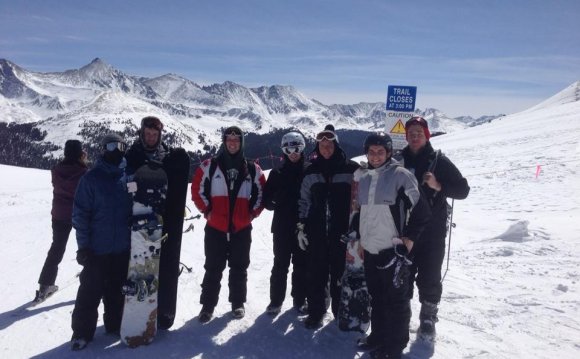
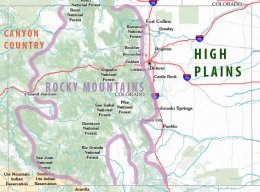
Geography of State of Colorado
Not every one of the state of Colorado is mountainous. The eastern third of Colorado is flat, rolling plains. The plains are the western-most side of the fantastic flatlands that stretch over the midwest. All the state’s population life right here, mainly in cities bordering the foothills of Rocky Mountains. Driving across the center for the condition could be the back of this Rocky Mountains. The rockies form the Continental Divide, which is the title for boundary which delineates the Pacific and Atlantic watersheds. Towards western, the Rockies slowly fade in to the Colorado plateau, an arid landscape of canyons, buttes, and mesas this is certainly characteristic associated with southwest united states of america.
Altitude
The state of Colorado is renowned for its high-altitude. Most popular backpacking destinations need extended hiking at elevations above 10, 000 ft. The thin air environment brings along with it some additional hazards such as for example: contact with severe weather condition, height nausea, water-borne parasites, and dehydration.
Altitude Vomiting
Altitude sickness, a typical ailment even for healthy, toned people above 10, 000 ft. elevation happens considering that the body requires time to adjust to unusually reduced oxygen amounts at these elevations. Altitude vomiting is many aggravated by an increase in height, and physical exercies. Common observable symptoms include difficulty breathing, stress, nausea, losing appetite, insomnia, and nosebleed.
To prevent or reduce the effects of height sickness, you will need to acclimatize into height. This can be done by slowly boosting your height every day, providing yourself time for you adjust. Over these time periods try to avoid physical exercise.
When backpacking, follow this guideline: climb up large, rest low. In the day you can cover greater surface, but camp through the night at a lesser height.
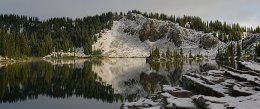 Tips to Avoid Altitude nausea
Tips to Avoid Altitude nausea
- Avoid alcohol or caffeine
- Eliminate physical activity for first 24 hrs. to acclimatize
- Acclimatize: take a look at an intermediate altitude for 24 hrs.
- Drink water in order to avoid dehydration
- Lessen the length of time spent above 10 thousand legs above sea level
- Follow the climb-high, sleep-low rule
Mountain Climate Dangers
The Rocky Mountains create an extensive buffer towards airflow currents across united states. During the summertime, these atmosphere currents (or wind) along with powerful daytime home heating produce thunderstorms when you look at the hills of Colorado almost every summer day. Thunderstorms typically commence to form between 11 AM and midday into the Colorado high nation and could often linger well to the night. By definition, all thunderstorms create lightning. Thunderstorms might also create powerful, potentially harmful downburst winds, rainfall, hail, abrupt falls in temperature, and even graupel (or ice pellets) at the greater elevations. And, exactly what few individuals understand is thunderstorms can and do create tornadoes even yet in the mountains. Every Colorado county features recorded one tornado since the change of 20th Century.
Thunderstorms pose a significant menace to hikers. Using the proper assistance and planning you can stay away from or lessen the chance of serious injury or death while hiking inside large nation during summer thunderstorm period. To lessen the possibility of being caught in a thunderstorm, numerous hikers avoid walking throughout the afternoon. It's quite common training to achieve the summit of a mountain around mid-morning after which return to a diminished height before thunderheads begin developing over the high ridges.
Lightning
Lightning is the first normal killer in Colorado. The easiest method to don't be a statistic is to be conscious of alterations in the weather and descend to less height during the first indication of inclement weather (ie. approaching dark clouds, remote thunder, the scent of rainfall, gusty thunderstorm outflow winds, etc). Recognize that lightning is interested in the best things in certain location. Hill peaks, pinnacles, stone outcrops, the opening of caves, high woods, behave as routes when it comes to release of lightning amongst the cloud and ground.
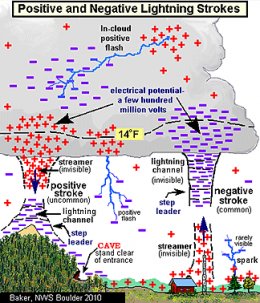
Lightning is available in all types, cloud-to-ground, cloud-to-cloud, cloud-to-air, and in-cloud. You will find absolutely charged and negatively charged lightning strokes. Negatively charged lightning is the most common sort of lightning. This type of lightning originates at floor and darts up into the storm cloud. Should you feel the hair looking at end, notice a crackling sound within ears, or perhaps smell ozone floating around, there’s a good bet adversely recharged lightning is about to discharge near-by.
Unfortuitously, there’s actually no warning that a favorably charged lightning bolt will strike because kind of lightning originates inside violent storm cloud. Good lightning is especially dangerous as it's frequently blamed for beginning many wildfires related to lightning.
What to do in a thunderstorm
If caught in a thunderstorm, seek refuge, ideally in a low lying dried out place. If in friends, spread-out to reduce the opportunity of numerous individuals being hit at the same time. Avoid separated trees, stone outcrops, the entry to caverns, and available places. If you are caught inside tent, find more substantial refuge particularly a dense stand of short trees, or in a cave and remain back at the least 6 legs from the entrance. If caught in the open air on view, crouch down on the balls of one's legs and then make your self as small of a target as you possibly can. Looking at a sleeping case, an item of wood, a sheet of synthetic as well as a rubber tire provides no protection from lightning. Lightning’s highly charged electrons move over the area of items rather than generally through all of them. One of many safest locations outdoors during a thunderstorm is at a hard top vehicle aided by the house windows rolled up. Should the automobile be struck by lightning, its outer layer will conduct this fee round the occupants and into the floor – passing throughout the surface of the rubber tires! When lightning strikes, if you’re not killed because of the an incredible number of volts of electricity, the 50, 000 level swing may make you seriously burned.
On lengthy hikes, extremely common rehearse to leave the trail head early in the early morning and be on the summit around 9AM, giving time to get back before the afternoon lightning storms take place.
Hypothermia
Hypothermia occurs when the body’s core heat falls below 95F. Its an incredibly dangerous condition to stay in and greatest in order to prevent at all possible cost. Hypothermia can happen anytime when you look at the backcountry. Many cases of hypothermia happen because of damp or inadequate garments. Inexperienced hikers attempt outside trips unprepared when it comes to extreme weather condition for the mountains. It may be sunny and warm at the outset, however the weather condition can (and sometimes does) change. Thunderstorms with hefty rainfall, and strong winds can drench the unprepared. Much fog or misty rain trigger hikers to lose the trail and force all of them to spend a night in the mountain. At night, conditions will fall below freezing, causing hypothermia and demise.
Suggestions to Avoid Hypothermia
- Arrange for the worst weather. Constantly bring a jacket.
- Select wool, or synthetic clothes. Wool will protect you even though damp. artificial fabrics dried out quickly and will nonetheless insulate when damp.
- Do NOT use cotton fiber tees and jeans whenever in the open air. Whenever sweat or water soaked, they're not going to keep you cozy.
- Look for refuge within tent or perhaps in a dried out spot if thunderstorms take place in your area
- Always keep your sleeping case dried out. In case your body's temperature falls, make use of your resting case to warm up.
- If cool, drink warm fluids.
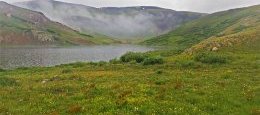
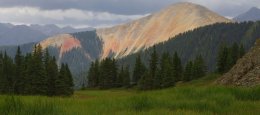
https://www.aestroi.com последовательность ремонта в квартире.
YOU MIGHT ALSO LIKE











